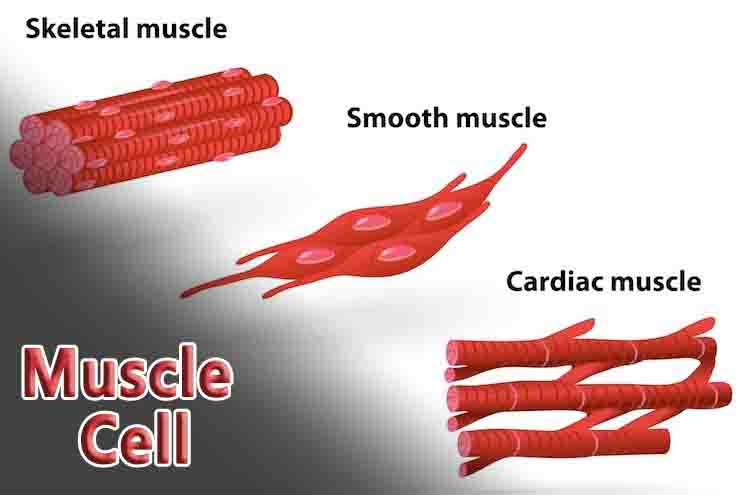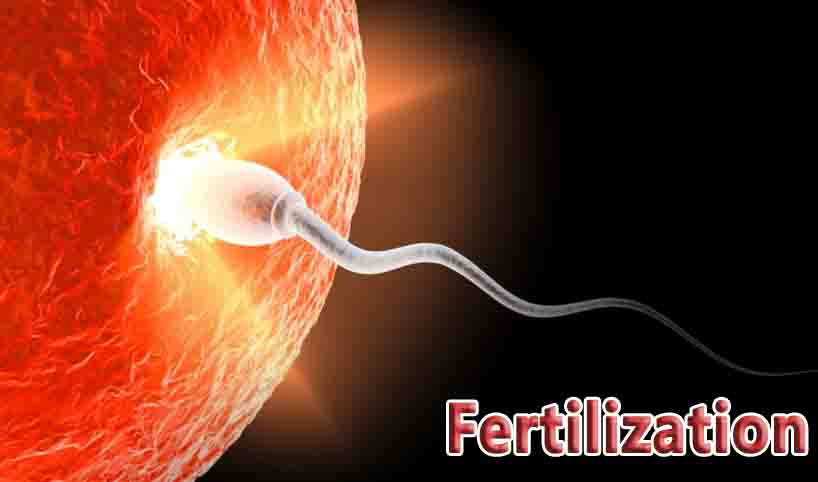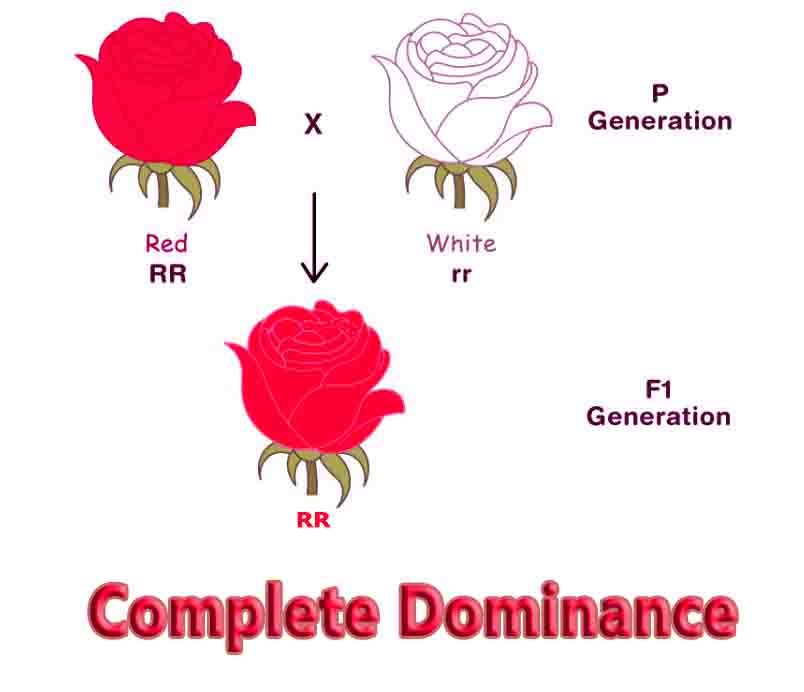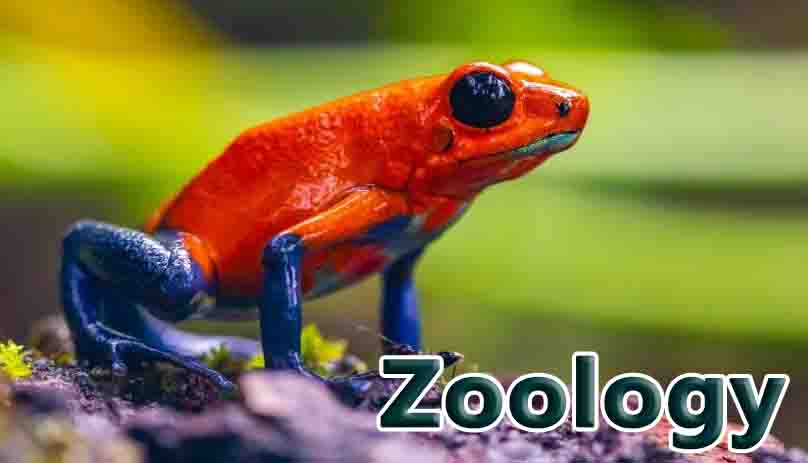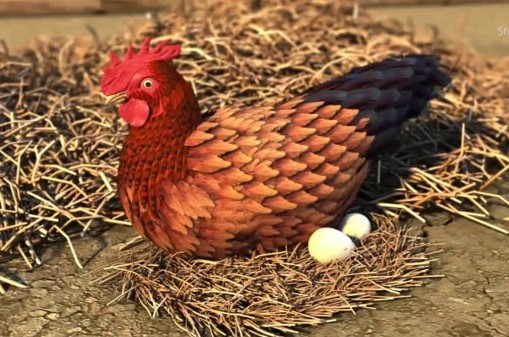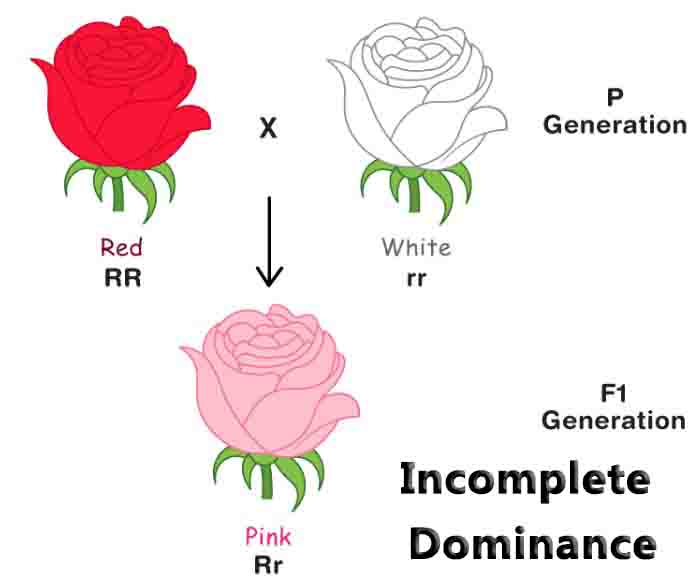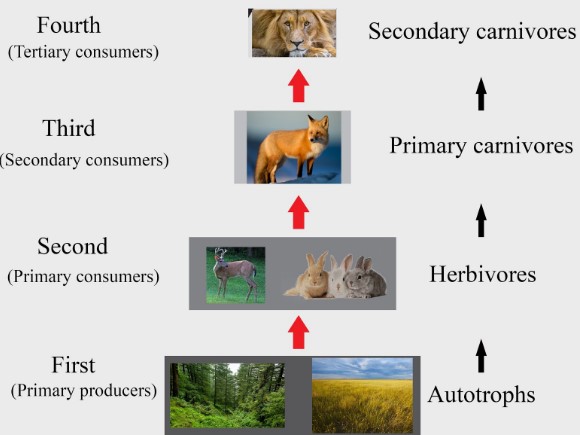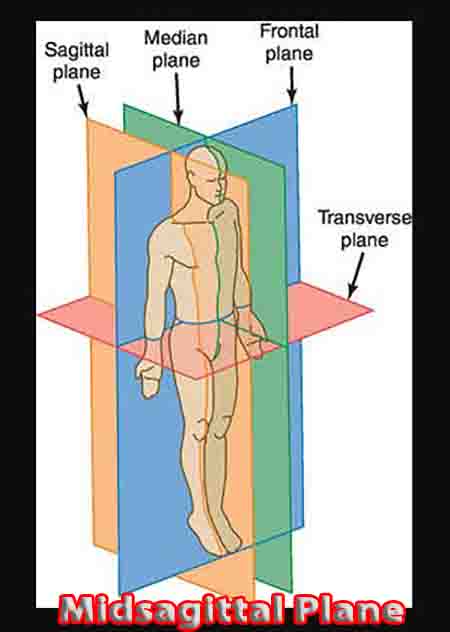Social Media and SEO Synergy: Maximizing Your Digital Presence
In the fast-paced digital landscape, where online visibility is crucial for businesses and individuals alike, harnessing the synergy between social media and SEO has become a game-changer. Integrating the power of social media with effective SEO tools can lead to remarkable improvements in your digital presence, driving more organic traffic, engagement, and conversions. This comprehensive … Read more


